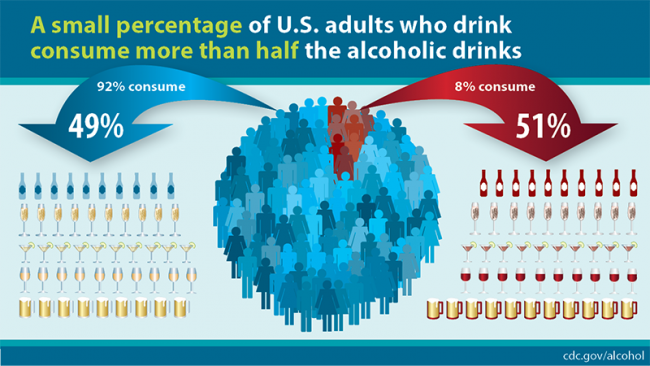
The relationship our culture has with alcohol is complicated. 70% of U.S. adults age 18 and over use alcohol. Drinking is paired with activities from 5K runs to cooking or yoga classes. Its negative impacts, however, are far-reaching and often under-discussed.
Drinking rates rose during the first year of the COVID-19 pandemic, resulting in nearly 26% more alcohol-related deaths–the largest year-to-year increase in decades. What doesn’t always make the news are the other day-to-day consequences of its use. Alcohol Awareness Month is a good time to reflect on alcohol’s role in your life–even if you don’t drink–in the following ways.
Talking to Youth
Adults may feel that kids and teens don’t listen to what they have to say–especially about a topic like underage drinking. Despite adult misgivings, there is solid evidence that they have significant influence on the decisions of the kids in their life around alcohol use. Drinking changes how the adolescent brain develops and makes the individual more susceptible to developing an addiction disorder. Heavy drinking during the teen years can produce a smaller brain and can limit cognitive functioning or the ability to make good decisions.
Parents, caregivers, and other loved ones and relatives can find the basics about alcohol’s impact on teens, as well as simple ways to start conversations through the campaign Talk. They Hear You®. Conversation topics include the following, and tips for each interaction are included on the website.
- Show you disapprove of underage drinking and other drug misuse.
- Show you care about your teen’s health, wellness, and success.
- Show you’re a good source of information about alcohol and other drugs.
- Show you’re paying attention and you will discourage risky behaviors.
- Build your teen’s skills and strategies for avoiding drinking and drug use.
In Pennsylvania in 2019, 58% of teens had never tried alcohol and 83% had not had a drink in the past 30 days. Kids who don’t drink are NOT a small group, and hearing from caregivers that they are expected not to use alcohol while underage is powerful.
Examining Drinking Habits
Another way to observe Alcohol Awareness Month is to be curious about your relationship with alcohol, if you have one. Of adults in the U.S., 70% use alcohol, and the majority of those people drink in moderation. It’s still a good idea, however, to examine your reasons for drinking and to wonder:
- Am I depending on alcohol to relax or unwind?
- Does my alcohol use go up when I am stressed?
- Has my alcohol use gone up gradually over time?
- Are other people concerned about my drinking?
If the answer to any of these questions is yes, it’s worth taking a deeper dive. Rethinking Drinking is a website that lets you look at your drinking patterns and whether your health could be affected. Alcohol is a powerful drug, and its use should always be paired with caution, even if drinking wasn’t an issue for you in the past. You can also take a quick, formal alcohol screening here.
Reach out to Compass Mark to ask questions about prevention for youth and for referrals to treatment and recovery services. We’re here Monday thru Friday, 9am to 5pm to assist you! (717) 299-2831 / info@compassmark.org